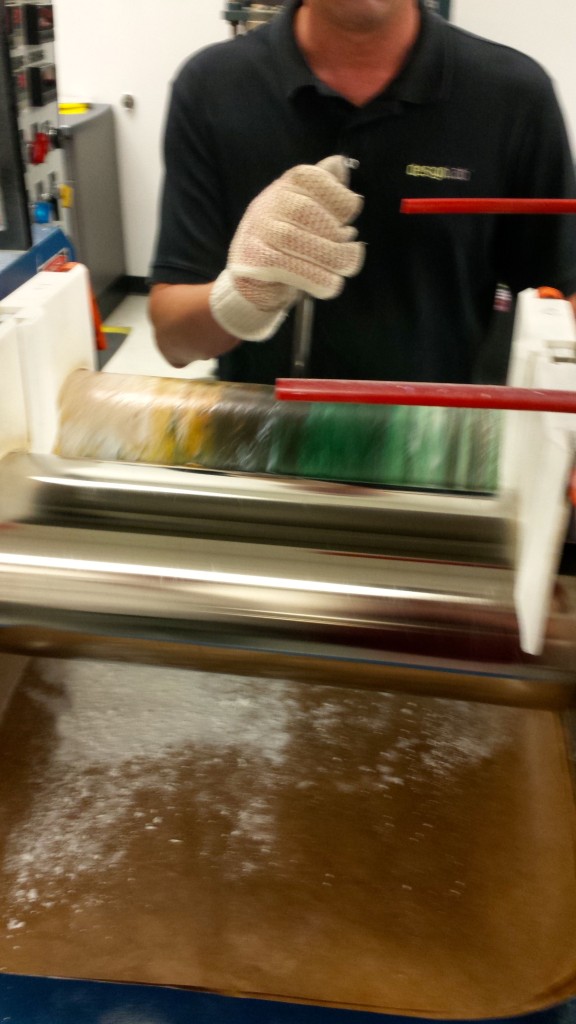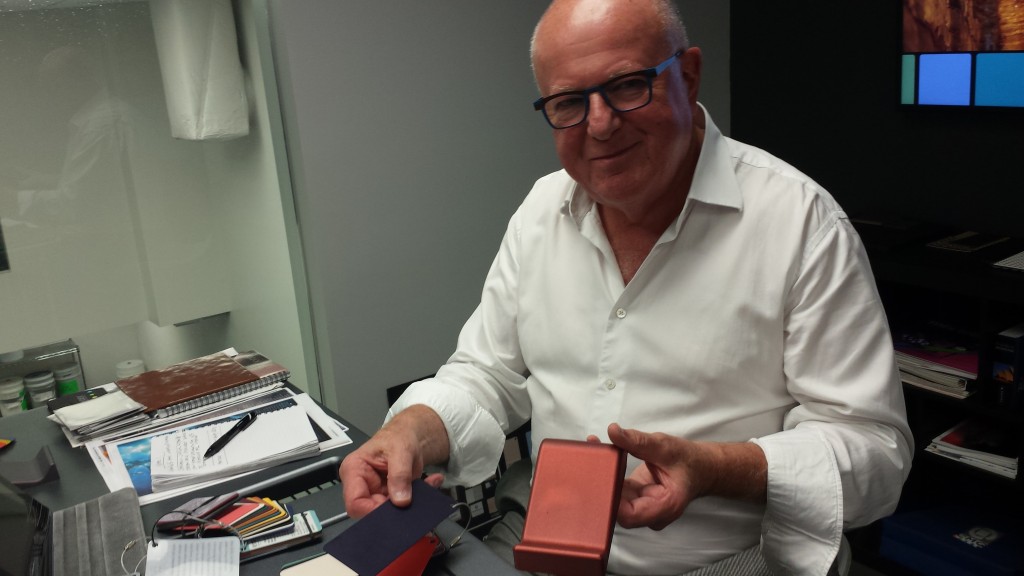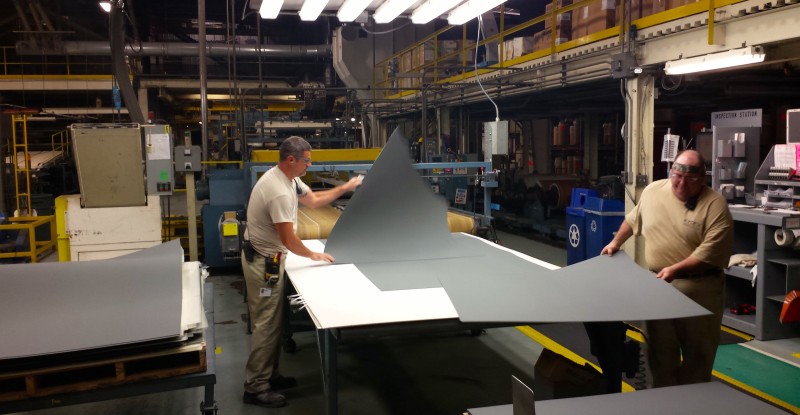News that Boeing might again increase production of its 737 workhorse comes at a time when the aircraft interiors industry is facing unprecedented demand. B/E Aerospace recently admitted it is “working like hell” to keep pace, and aircraft leasing giant Steven Udvar-Hazy cautioned that he doesn’t see a lot of cushion in the supply chain as interiors firms churn out seats and galleys at record rates.
Companies that supply hard and soft product to major aircraft interiors OEMs are obviously equally busy, and in the process of spooling up their operations to meet requirements. KYDEX, one of the leading providers of thermoplastics to the industry, works closely with B/E Aerospace, Zodiac Aerospace and Thompson Aero Seating, whose premium seats have never been more popular with airlines and passengers alike. The company is in the happy position of being able to actually turn down new customers at its main facility in Bloomsburg, Pennsylvania.
“We’re full,” KYDEX president Ronn Cort told RGN during a recent visit. “We’ve turned down one of the largest seating companies on the planet, who is having frustrations with a supplier, but we turned them down. Our whole business model is built on expedites, to always allow extra capacity here to solve any issues. We always leave that extra capacity here, and I would fill that up if I brought on that extra company.”
Of course, KYDEX doesn’t want to have to turn away customers. “So we’re in the process of expanding now,” says Cort, adding that if the same seating firm comes back “in a year’s time”, KYDEX might be able to accommodate it.
KYDEX employs 200 people at its Bloomsburg plant and a further 150 people at a Michigan facility. “The only thing preventing us from growing is space so we’ll either buy or build. We have to do it. We’re running 24 hours a day, seven days a week. Four shifts.”
When forecasting production rates, Cort always cuts the current aircraft backlog in half and builds his business model from there. “2016 is a big concern for me because the A320neo and the 737 MAX start rolling out and just the political environment [Presidential election],” admits the KYDEX CEO. Even so, the company is up for the challenge.
A big focus for KYDEX is supplying customized thermoplastic sheets to OEMs that are then molded into premium seat fixtures, furniture, closets, and sidewall panels. “We’ve embraced premium seating; we saw it as a strategic move in 2006. We’ve been a global company and my background is in international sales so I got a real appreciation for the different levels of service, quality and seating,” says Cort. “I can sit in a B/E Aerospace Diamond seat and identify from my seat about 127 different components. So the driver really is premium seating; that fits well with our model.”
Indeed, the company has established its own design studio to assist airlines and interiors designers in selecting their thermoplastics, and can accommodate even the most exacting requirements, as it creates the colors itself. “Having a designer on the floor – guru David Scott – changed everything. The answer is no longer ‘no we can’t or that will be difficult’, the answer is, ‘let’s find out what it will take to get it done’. David caused us to challenge what we thought we knew,” says Cort.

KYDEX customizes colors to airlines’ exact specifications. But it also gives them food for thought on options they may not have previously considered.
The company’s recent innovations in thermoplastics, including frosted-look translucents and pearlescent sheets, are proving hugely popular with airlines. “Pearl is being copied,” says Cort, “and I say ‘no problem’. We want to be the company that innovates; we don’t worry about the patents.”
But that means that KYDEX must always stay one step ahead of the competition. “Once we unveil something new, I’m mentally onto the next thing,” says Cort, noting, “We have a room that is invite-only that contains next year’s material. You have to get feedback from a select group of people on the bleeding edge.” Suffice it to say that the word “bespoke” isn’t a dirty word to the firm.
KYDEX thermoplastics can be found in other areas of the cabin outside of seating. Its ceiling components are used to make a cabin feel more spacious, and while it provides content for the Boeing Sky Interior on 737NGs, like all BSI suppliers, it is not at liberty to discuss the project.

KYDEX resident design guru David Scott meets individually with airlines and designers to help them craft a plan for their aircraft interiors.
“We also provide the materials that get used on the Airbus A350 galley, and they’ve done that for weight reduction purposes,” says Cort. Additionally, the company’s thermoplastics also find their way onto economy class seat-backs, “but that becomes more of a commodity decision”, which is why premium seats are so exciting for KYDEX; they get its creative juices flowing.
Driving innovation in interiors are Middle Eastern carriers like Emirates, Etihad and Qatar Airways, says Cort. North American carriers have been traditionally more reserved in their approach to interiors, but the KYDEX CEO believes consolidation in the US will see carriers “raise the bar”. He adds, “We do see some very large programs in the US that will match or surpass competitors.”
Meanwhile, galley designers are working to create more flowing organic shapes, and KYDEX anticipates playing a role. “When you walk through Door 2, you walk into that galley, and it’s a big flat wall, and that needs to all start to change. So a lot of our focus is also trying to work with that supply base outside of seating to try and invent ways in which we can start to do interesting entrances, interesting spaces on Door 1 or Door 2, depending on the aircraft. That’s where translucents will come in [handy] and LED lighting comes in. You want your foyer to be a certain way; it sets the tone for a lot of things. But that stuff is five years out.”
All images credited to the author, Mary Kirby











